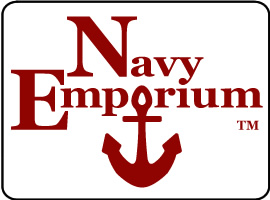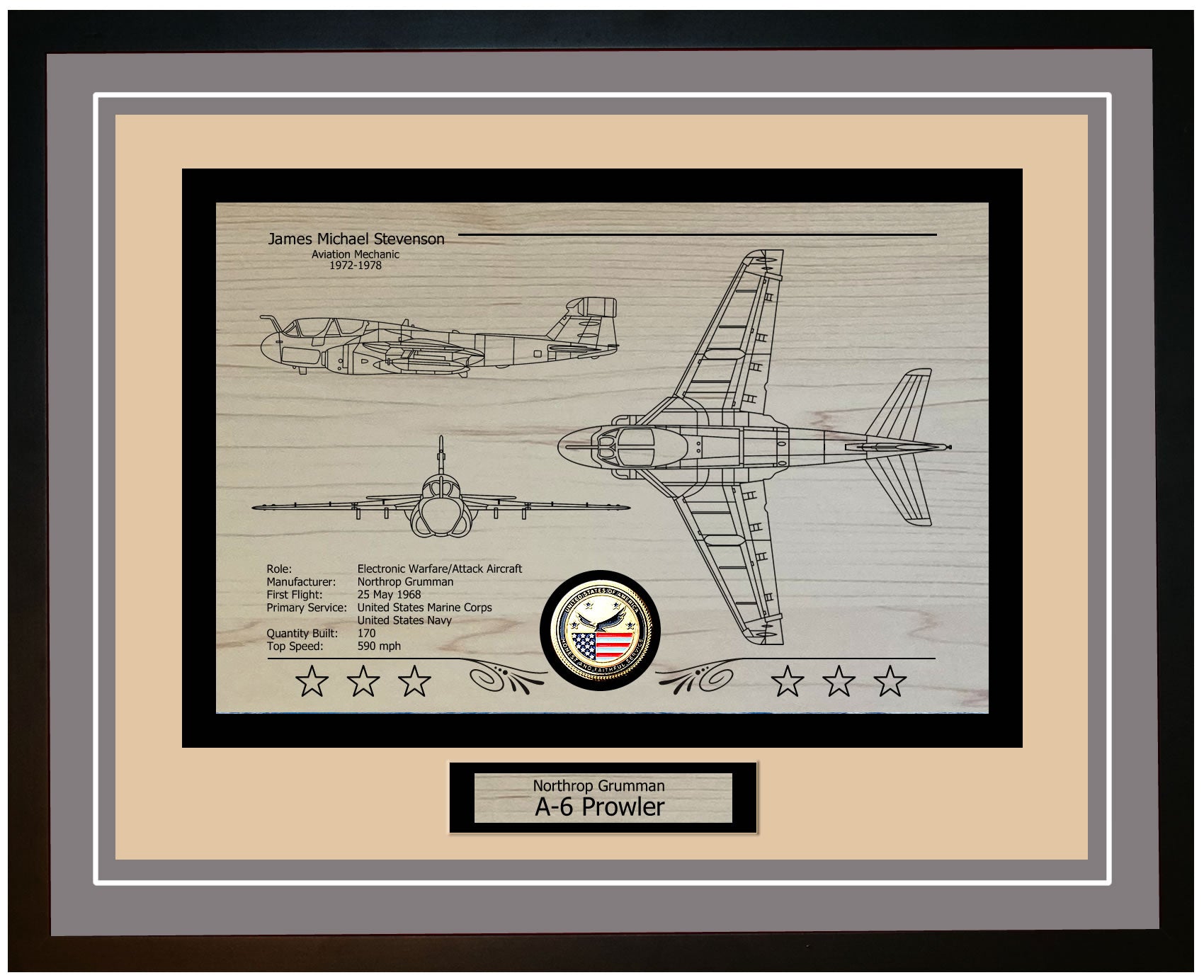The USS Navarro (APA-215) was an important warship of the Haskell-class attack transport category, built during World War II to enhance the U.S. Navy's capabilities, particularly in amphibious warfare. Constructed by the Permanente Metals Corporation at Yard No. 2 in Richmond, California, its keel was laid on July 15, 1944, and the ship was launched on September 30, 1944. The USS Navarro was commissioned on November 29, 1944, under the command of Captain R. E. Hansen.
The ship was named in honor of Navarro County, Texas, which is named after José Antonio Navarro, a Tejano leader who played a key role in Texas' fight for independence. The tradition of naming ships after U.S. counties or cities during World War II fostered pride and connection between the Navy and the American public, symbolizing the shared effort in the war.
The Navarro was equipped with specialized landing craft, such as LCVPs (Landing Craft, Vehicle, Personnel) and LCMs (Landing Craft, Mechanized), enabling it to effectively deploy troops and equipment onto hostile shores. The ship was also outfitted with a surgical unit to treat casualties during operations, highlighting its role in both offensive and support operations.
During World War II, the USS Navarro participated in crucial missions, such as the Battle of Okinawa, a major amphibious assault in the Pacific Theater. Its ability to carry out large-scale troop and equipment landings was vital to the success of these operations. The ship’s role extended beyond WWII, as it also saw action during the Korean War, including participating in the Inchon landings, one of the most significant amphibious assaults of that conflict.
The USS Navarro was part of the Haskell-class, which was based on the VC2-S-AP5 Victory ship design, a class specifically created to transport large numbers of troops, vehicles, and supplies to theaters of war. These vessels were highly valued for their speed, capacity, and adaptability in combat zones.
The commissioning of the USS Navarro signified both a strategic military asset for the U.S. Navy and a symbol of the country’s resolve during World War II and its postwar goals. Its performance in critical battles showcased the importance of amphibious assault ships in modern naval operations, making the Navarro a key player in both World War II and the Korean War.
Steel Titan: Unveiling the Structure, Technology, and Armament of USS Navarro APA-215
The USS Navarro (APA-215) was a Haskell-class attack transport designed to play a crucial role in amphibious operations, particularly by transporting troops and their equipment to enemy shores. This class of ships was based on the VC2-S-AP5 Victory ship design, which offered a versatile and efficient platform for military missions. With a length of 455 feet, a beam of 62 feet, and a draft of 24 feet, the USS Navarro was capable of carrying large numbers of personnel and cargo while maintaining the speed and maneuverability necessary for successful landings.
Constructed with a welded steel hull, the Navarro was built for durability, ensuring it could withstand the challenges of amphibious warfare. The ship was equipped with advanced technology for its time, including radar and sonar systems that helped detect enemy vessels and submarines, which was essential for navigating dangerous waters. It also featured communication equipment, such as radios and signal devices, to facilitate coordination with other ships in the fleet and with landing forces during operations.
Cargo handling aboard the USS Navarro was made easier with the use of booms and winches, allowing for the efficient loading and unloading of troops, vehicles, and supplies. This was especially important for quick and effective beach landings, where time and precision were critical.
In terms of armament, the Navarro was well-armed for both self-defense and supporting amphibious assaults. The ship was equipped with a 5-inch/38 caliber dual-purpose gun, capable of targeting both surface ships and aerial threats. It also featured a combination of anti-aircraft weapons, including twin 40mm Bofors guns and single 20mm Oerlikon cannons, which provided comprehensive protection against enemy aircraft during landing operations. These weapons were strategically positioned to provide 360-degree coverage, ensuring a robust defense against potential threats from any direction.
Beyond its defensive capabilities, the USS Navarro carried landing craft such as LCVPs (Landing Craft, Vehicle, Personnel) and LCMs (Landing Craft, Mechanized), which were essential for ferrying troops and equipment from ship to shore. These landing crafts were equipped with machine guns for providing fire support during landings, helping to protect the troops and ensure the success of the assault. The combination of the Navarro's onboard armament and its landing craft weaponry made it a well-rounded asset for amphibious operations, capable of transporting troops to the battlefield and offering fire support during landings.
Overall, the USS Navarro was a versatile and well-equipped ship that played a significant role in supporting amphibious operations, offering both transportation and combat capabilities essential for the success of military campaigns during World War II and beyond.
USS Navarro APA-215 Crew Member Reports of Time Aboard
The USS Navarro (APA-215) holds a special place in the hearts of its former crew members, as evidenced by the memories shared in its guestbook. These recollections paint a vivid picture of life aboard the ship during the 1960s, a period marked by camaraderie, unique experiences, and lasting friendships.
James Atkins, who served as a Radioman Third Class (RM3) in 1967, recalls his dual role during General Quarters. He was not only the Captain's personal radioman but also his driver when on land. This dual responsibility highlights the trust and reliance placed on him by the ship's leadership, a testament to his skills and reliability.
George Criffield, an Electronics Technician Second Class (ET2) in 1960, shares a particularly intriguing memory involving a mysterious radar signal. Alongside Joe Kaplan, he was summoned to the bridge to investigate an unusual blip on the surface search radar. This incident has stayed with him over the years, a reminder of the unexpected challenges and mysteries faced at sea.
Jack De Long, who served as a Seaman (SN) in 1964, expresses a desire to reconnect with his shipmates, particularly those from the Third Division. His call for contact underscores the strong bonds formed during their service and the enduring sense of brotherhood among the crew.
Donald Munson, a Commissary Third Class in 1966, also seeks to reconnect with his Navy buddies. He fondly remembers his time aboard the Navarro, indicating that his experiences left a lasting positive impact on his life. His memories reflect the importance of the social connections and shared experiences that defined their service.
Bobby Wright, an Electrician's Mate Third Class (EM3) who served in 1960, provides a broader timeline of his naval career, having enlisted in 1960 and discharged in 1964. Although his specific dates aboard the Navarro are unclear, his inclusion in the guestbook suggests a meaningful connection to the ship and its crew.
These shared memories from the USS Navarro's guestbook offer a glimpse into the daily lives and enduring friendships of its crew members. From the responsibilities and challenges faced during their service to the strong bonds formed, these recollections highlight the unique and lasting impact of their time aboard the USS Navarro (APA-215).
USS Navarro APA-215: Evolution of a Naval Workhorse and Its Enduring Legacy
The USS Navarro (APA 215) underwent several upgrades throughout its years of service, ensuring its continued relevance and importance as a vital asset for the U.S. Navy. Initially commissioned in 1944, the ship was equipped with cutting-edge amphibious assault technology of the time, including advanced radar systems and improved landing craft. Over the years, its communication and navigation systems were enhanced to better coordinate complex amphibious missions. These upgrades allowed the USS Navarro to maintain its operational efficiency and adapt to the evolving needs of modern warfare.
Designed primarily as an attack transport ship, the USS Navarro was capable of carrying troops, equipment, and landing craft to enemy shores. Its robust construction made it suitable for a wide range of operations, from large-scale amphibious assaults to humanitarian missions. The ship's ability to swiftly deploy and retrieve landing craft was particularly invaluable during World War II and the Korean War. Additionally, armed with aircraft guns, it provided essential protection against enemy air threats, ensuring the safety of both its personnel and cargo.
The USS Navarro made significant contributions during key military campaigns. In World War II, it participated in vital operations in the Pacific Theater, including the Battle of Okinawa. Its ability to transport troops and supplies directly to combat zones greatly enhanced the effectiveness of the U.S. Navy and Marine Corps. During the Korean War, the ship continued to demonstrate its versatility and reliability by supporting United Nations forces, including playing a crucial role in the Inchon Landing. These contributions underscored the importance of the USS Navarro in achieving strategic goals and maintaining military superiority.
Beyond its combat duties, the USS Navarro also supported peacetime activities and humanitarian efforts. The ship participated in training exercises to prepare naval personnel for amphibious warfare, while also engaging in disaster relief missions by providing support and supplies to areas affected by natural disasters. These activities highlighted the ship's role not only as a military asset but also as a tool for diplomacy and humanitarian assistance.
The enduring legacy of the USS Navarro (APA 215) is a testament to the significance of multi-mission capable ships in the U.S. Navy fleet, serving both in times of conflict and in support of peacekeeping and humanitarian efforts.
USS Navarro APA-215: A Legacy of Valor and Service on the High Seas
The USS Navarro (APA 215) played a pivotal role in several significant missions throughout its active duty. Commissioned toward the end of World War II, the ship's primary responsibility was transporting troops and equipment across the Pacific Theater. While it did not engage in direct combat during the war, the USS Navarro was vital in tasks such as repatriating American soldiers and supporting Japan's occupation. Its capacity to carry large numbers of troops and conduct efficient operations made it an indispensable asset during this transitional post-war period.
In the Korean War, the USS Navarro was recommissioned to support United Nations forces. It participated in critical assaults, including the famous Inchon Landing in September 1950, which marked a decisive turning point in the conflict by allowing UN forces to reclaim Seoul and push back enemy troops. The ship's ability to transport troops and supplies directly to contested beaches underscored its strategic importance. Throughout the war, the USS Navarro continued to provide essential support by ferrying reinforcements and supplies to various battlefronts.
During the Vietnam War, the USS Navarro again demonstrated its adaptability and reliability. It participated in numerous amphibious missions, including deploying Marine units to strategic locations along the Vietnamese coastline. In addition to its role as a transport vessel, it also functioned as a command hub, managing the complex logistics of troop movements and supply chains during operations. The ship's contributions were crucial in sustaining the pace of extended operations in Vietnam.
The exceptional service of the USS Navarro was widely recognized. The ship received several honors, including the Navy Unit Commendation for its performance during the Inchon Landing, as well as multiple campaign medals for its involvement in the Korean and Vietnam Wars. Crew members were also individually acknowledged for their dedication and bravery through various awards. These accolades reflect the USS Navarro's lasting influence on U.S. military operations and its enduring reputation as a cornerstone of naval amphibious capabilities.
USS Navarro APA-215 Ship Specifications
| Specification | Details |
|---|---|
| Class | Haskell Class Attack Transport |
| Commissioned | November 15, 1944 |
| Displacement | 14,837 tons |
| Length | 455 feet |
| Beam | 62 feet |
| Draft | 24 feet |
| Speed | 17.7 knots |
| Complement | 56 Officers 480 Enlisted |






